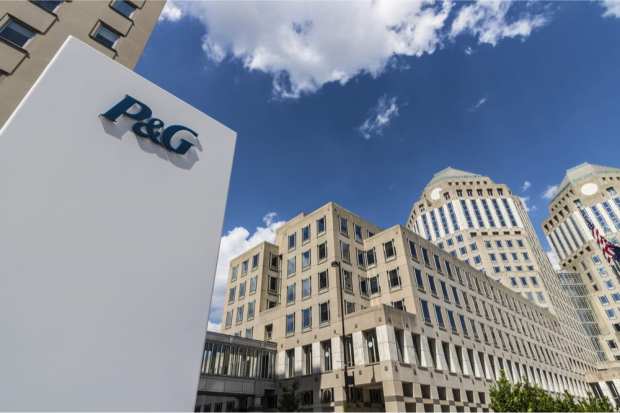CPG Titans Procter & Gamble, Kraft Heinz And Kellogg Dish Up Piles Of Q2 Sales

Doomsday stockpiling of bathroom tissue, bottled water and every cleaning product ever invented this past spring is pushing sales for consumer packaged goods (CPG) brands to lofty highs. It’s part of a growing set of economic indicators that the COVID-19 episode is a double-edged sword that is either making or breaking companies as it progresses.
Consider Procter & Gamble’s (P&G) latest quarterly earnings. P&G reported on Thursday (July 30) that net sales for its fiscal fourth quarter reached $17.7 billion, up 4 percent year over year. That’s P&G’s biggest yearly gain since 2006, which few analysts saw coming.
“The volume increase was driven by strong innovation programs and increased consumer demand for household cleaning, personal health and cleansing products, particularly in North America and China, related to the COVID-19 pandemic,” P&G said. “These increases were partially offset by volume decreases in other regions and certain categories primarily due to the disruption of consumer access to retail markets caused by the pandemic.”
Showing solid single-digit gains in most categories, P&G’s Fabric & Home Care segment scored a 14 percent organic sales increase, with the statement noting, “Home Care organic sales increased more than 30% driven by the increased consumer demand for home cleaning and dish washing products, innovation, positive product and geographic mix and higher net pricing due mainly to reduced promotional activity.”
“We are prioritizing employee health and safety, maximizing availability of P&G products, which play an essential role in meeting the daily health, hygiene and cleaning needs of consumers around the world, and helping society meet the challenges of the COVID crisis,” said P&G Chairman, President and CEO David Taylor.
Food And Home Brands Well-Nourished In Q2
It’s a similar story at the Kraft Heinz Company, whose earnings report Thursday “reflected solid net sales growth of 3.8 percent and organic net sales growth of 7.4 percent vs. the year-ago period due to strong retail performance across all business segments,” Kraft Heinz said.
All told, the company reported net sales of $6.6 billion for the period.
Meanwhile, at the Kellogg Company, it’s more of the same oddly upbeat post-pandemic news.
“Amidst the COVID-19 crisis, demand for packaged foods for at-home consumption remained elevated for longer than anticipated,” according to Kellogg’s Thursday earnings statement.
Kellogg said that drove higher sales in retail channels and offset a drop in in away-from-home channels. “On an organic basis, which excludes the impact of divestiture and currency, the Company’s net sales increased by over 9%,” the company said. Kellogg reported net income of $351 million on revenues of $3.4 billion for the quarter just ended.
CPG vs. DTC With Omnichannel Agility
The big CPG players have made themselves more maneuverable in recent years, giving massive enterprises with logistical challenges the opportunity to pivot based on market conditions.
Kraft Heinz CEO Miguel Patricio said in a statement, “We are now starting to realize the benefits of agility and scale, while implementing changes across the company to further drive agility, both internally and how we go to market. We believe this will be the key to returning the company to sustainable long-term growth and profitability, and we look forward to providing greater details on these initiatives during our investor day in September.”
eCommerce is the prevailing force in retail now, and for CPG firms to build on gains made during the pandemic, there’s still considerable work to be done despite recent advancements.
In a similar way, CPG brands that rely heavily on physical retail for much of their sales must still come about as it pertains to direct-to-consumer (DTC) interlopers and other competitors.
And they’d better believe that new competitors are definitely coming. Soon.
“I think the concept of direct-to-consumer has been overweighed with brands that aren’t doing well right now, and which were focused so much on acquisitions that they didn’t do anything to keep customers,” said Sherene Hilal, senior vice president of marketing for retail technology platform Bluecore, and now heading up a new initiative called the DTC Collective.
“We saw a huge opportunity to build a community, with brands like Nike and Under Armour and other huge, established retailers who have had a DTC methodology for decades, Hilal recently told PYMNTS. “Our belief is that it will be a digital-first world. It will be accelerated by two to three years, which means a 50-50 split in the next 12 to 18 months for a majority of the top retailers.”
Born from Bluecore’s annual meeting which went virtually this year, the topic started around Google saying it will sunset tracking pixels due to privacy concerns. Although that issue was forgotten in the pandemic chaos, “it will ultimately be reconsidered and also supplemented with more events and research from the DTC Collective,” PYMNTS reported.
